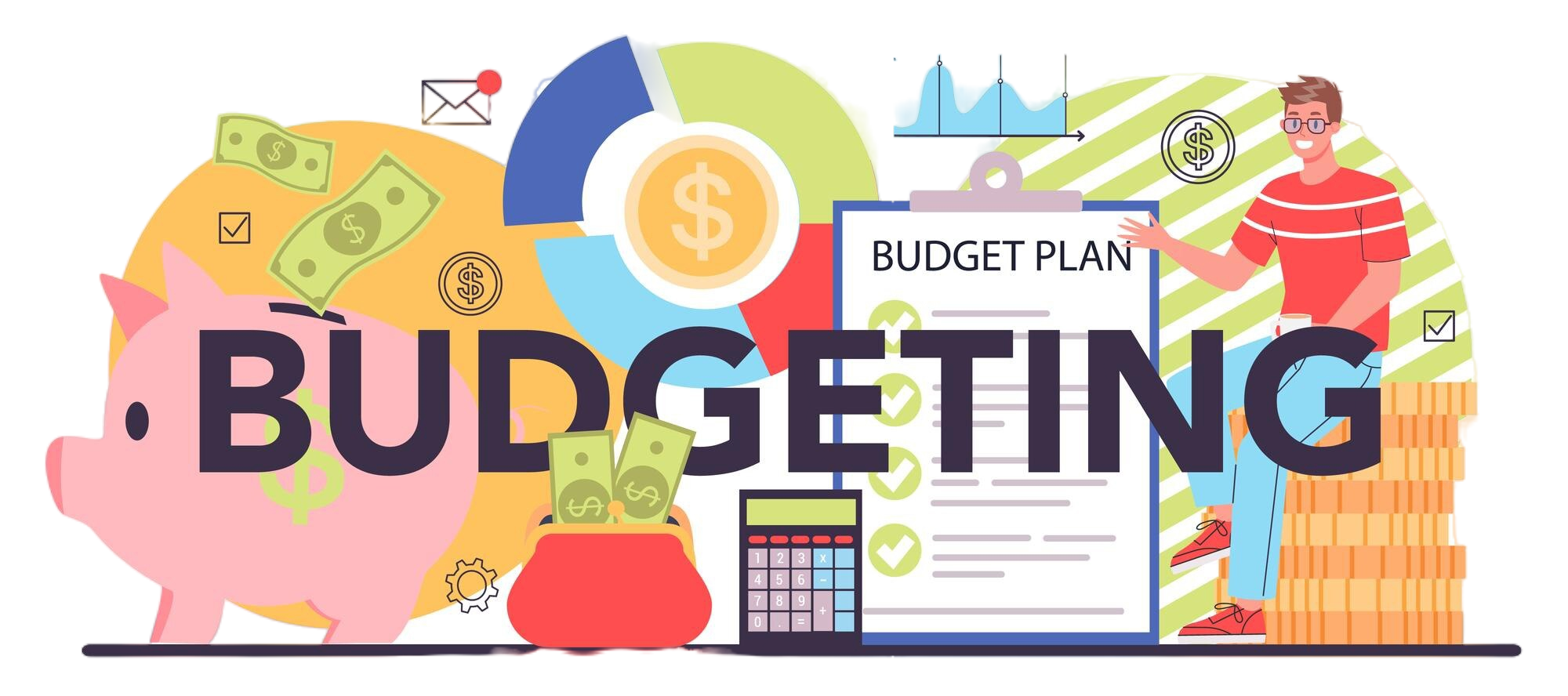Build a Personal Budget & Personal Financial Management Plan
Image by vector4stock on Freepik
Start Personal Budget & Financial Management Plan before you start buying $$$Art
The only two ways to break yourself when buying fine art or building a fine art collection is spending beyond your means and buying fakes. Sticking to buying the work of living artists and doing quality research using some of the method we outline in the guide will help you avoid getting duped. We not here to tell you how to live your life, but we advise using the wisdom that we have gained on our collectors journey to help potential collectors avoid pitfalls, a major pitfall is debt.
Personal money management, not spending or living beyond your means is much more difficult but is key to becoming a successful collector. There is absolutely no point to buying art if you're going to live in debt, this is why for most people buying art is a serious luxury that they would never consider. Purchasing artwork can and should be a consideration for those who have a budget that can afford luxuries like fancy cars, designer furniture, handbags, and clothing. Most artwork will have a much better resale value than those things. If that is not you, then you should reconsider your art collecting journey for now, focus in on growing your eye, developing a strong budget, and building your earning potential.
The breakdown of a middle-class budget
If you a single person, earning between $50,000 to $75,000 per year - You should not let your art purchases keep you from saving for your other goals and long term-security. We make sure that our savings for the year exceeds what we spend on art in a single year.
Living expenses & food budget (30%-45% of total income)
If you overall living expenses exceed 45% of your income and you are not earning more than 40K per year. I would not encourage you to start actively purchasing art. Collecting art should be enjoyable and not put stress on your budget, or sink you into lifelong credit card debt.
Savings for home ownership, retirement & long-term financial stability (20-30% of total income)
Travel & other expenses (15% of total income)
As much as art collecting is enjoyable and rewarding - There is no replacement for positive life experiences like travel, eating out, buying fun clothes, and shoes. Disposable income = happy life, when managed properly it can help to mitigate the misery of capitalism.
Emergency funds (5-15% of total income)
Plan for the unexpected first! Everybody at some point in their working lives faces a potential for layoffs, moving expenses, rent, or cost-of-living increase, a period of injury or ill health, and a reduction in buying power of money/inflation.
Art budget & spending (10-15% of total income)
If you pull from anywhere to spend more on art it should only be from discretionary spending. Reconsider using your savings unless your savings is more than five years of your highest total annual income. The worst thing you can do is take on debt to collect art but cutting into your future economic stability is not a great idea either. Watch out for gallery art financing & online art financing schemes like Artmoney..
